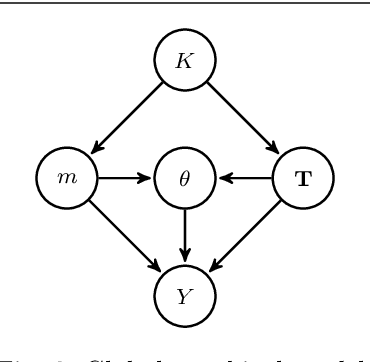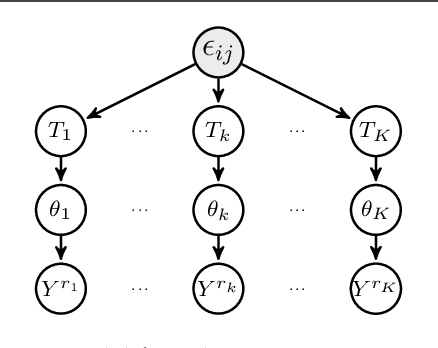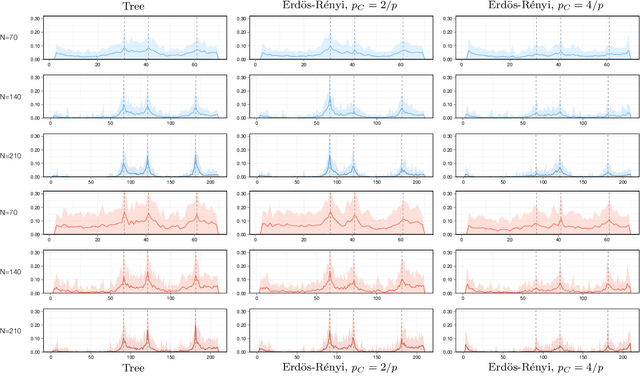Exact Bayesian inference for off-line change-point detection in tree-structured graphical models
Paper and Code
Jun 16, 2016



We consider the problem of change-point detection in multivariate time-series. The multivariate distribution of the observations is supposed to follow a graphical model, whose graph and parameters are affected by abrupt changes throughout time. We demonstrate that it is possible to perform exact Bayesian inference whenever one considers a simple class of undirected graphs called spanning trees as possible structures. We are then able to integrate on the graph and segmentation spaces at the same time by combining classical dynamic programming with algebraic results pertaining to spanning trees. In particular, we show that quantities such as posterior distributions for change-points or posterior edge probabilities over time can efficiently be obtained. We illustrate our results on both synthetic and experimental data arising from biology and neuroscience.
 Add to Chrome
Add to Chrome Add to Firefox
Add to Firefox Add to Edge
Add to Edge